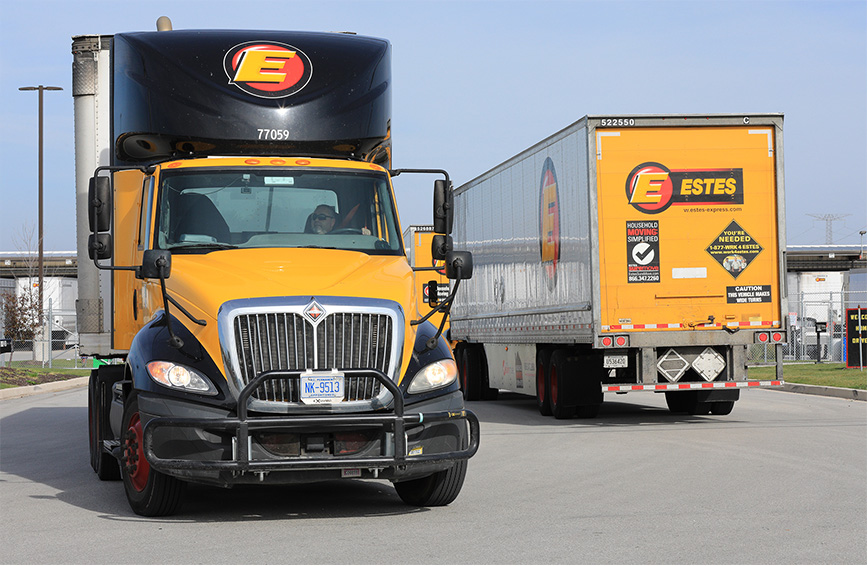Since the Federal-Aid Highway Act created the interstate highway system in 1956, the trucking industry has evolved and grown to service an ever-expanding and diverse population. In 1956, there were 174 million people in the United States, whereas currently that number stands at 334 million, almost double. Today, the trucking industry moves 72% of the freight in the country, has 37 million vehicles that are operated by 3.4 million drivers who work for 1.7 million companies.
Just like the interstate highway system was a key foundational underpinning of our economy in the 20th Century, the information highway system will serve in this role in the 21st century. While the interstate highway system was built on gravel, steel, asphalt, concrete and signage, the information highway system is based on data, information, and intelligence. The key to success is not just to focus on the "highway" and maintaining it once complete, but to have clarity and to invest in its foundational components, as it will pay dividends to servicing your internal and external customers.
Data, information and intelligence
To start, a few basic points to offer:
- Data are individual observations or a recorded truth at a particular point in time. They are facts that cannot be contested.
- Information is a useful collection of data that enhances knowledge.
- Intelligence combines various pieces of information to form a predictive narrative.
- You need all three of these to enable better decision-making.
Data are individual observations that cannot be contested
Data is the snapshot of an event. An event could be a transaction with a customer, results from a roadside inspection, or a ping from an asset tracking device. Data represents the outcomes from these events that are recorded in a quantifiable way. Information is a way of bringing data together into a narrative, to provide context and to tell a story to inform. Without the context information provides, data is useless. Intelligence uses information of various types to drive decisions. Since intelligence is the desired solution, it is imperative to have clean and accurate data.
In truck safety, there are countless data points that are occurring every day–a roadside inspection, ELDs recording hours of service duty status events and changes, pre- and post-trip inspections, safety technologies recording safety-critical events and driver actions–to name just a few. Ask yourself the question–do we have a good handle on all the data we are collecting? Is it clean and quantifiable? Is there data we are not collecting but should?
Information is useful data that enhances knowledge
The next phase in the information highway progression is to assimilate these data points into information. One part of the story is CSA–how does the data represent our compliance posture in CSA? Another part of the story is how your insurance company views your safety performance and how that is impacting on your risk profile and rates? Yet another part of the story could be what your on-board safety systems are telling you in the way of driver actions and performance.
Intelligence combines information to form a predictive narrative
Lastly, knitting these various information streams together will help in architecting your safety intelligence quotient and assist in answering why certain things are happening. Whether you are using dashboards for your transportation KPIs, or some other means with which to measure and demonstrate this intelligence to key decision-makers, it needs to be presented in such a way that can be actionable. To the extent possible and practicable, it also needs to be predictive in nature to help in planning, mitigating risk and optimizing positive outcomes across the enterprise.
Data, information, and intelligence are all a part of the information highway system of the 21st Century, and, like the interstate highway system, needs to work in concert together. Those companies that can most effectively be the conductor of the orchestra of instruments that make up the information highway will be among the most successful companies of this century.
Similarly to how the subbase material of an asphalt highway is critical to its structural integrity and safe operation of the interstate highway system, so is clean, consistent, and repeatable data to making critical business decisions on the information highway. Don't skimp; make it a point to invest adequate resources in your data. Big data does not have to come with a big price tag. This day and age there are many technology advancements and tools that make it much cheaper and accessible to collect data, create information, and extract intelligence.




-2.jpg)